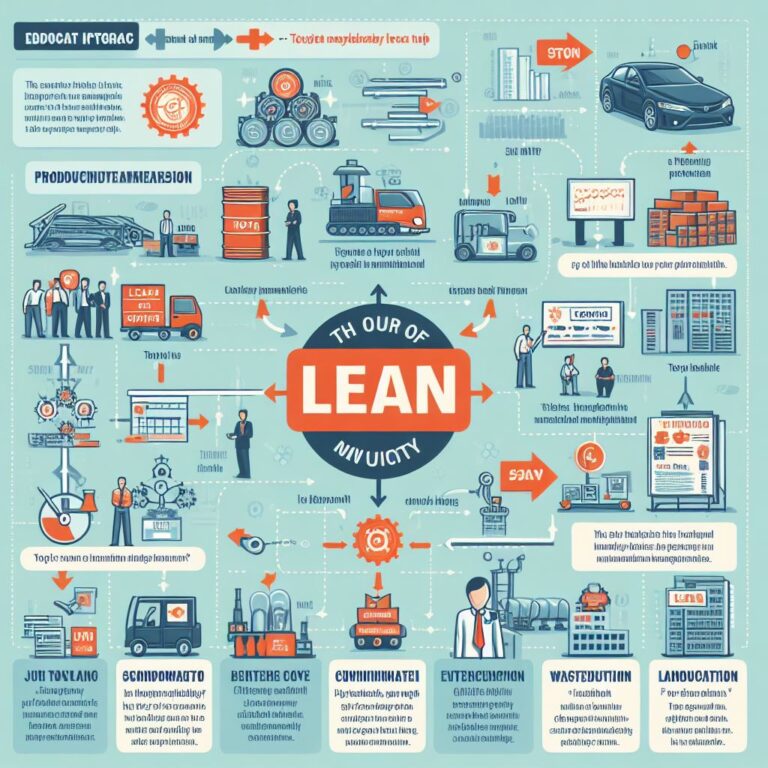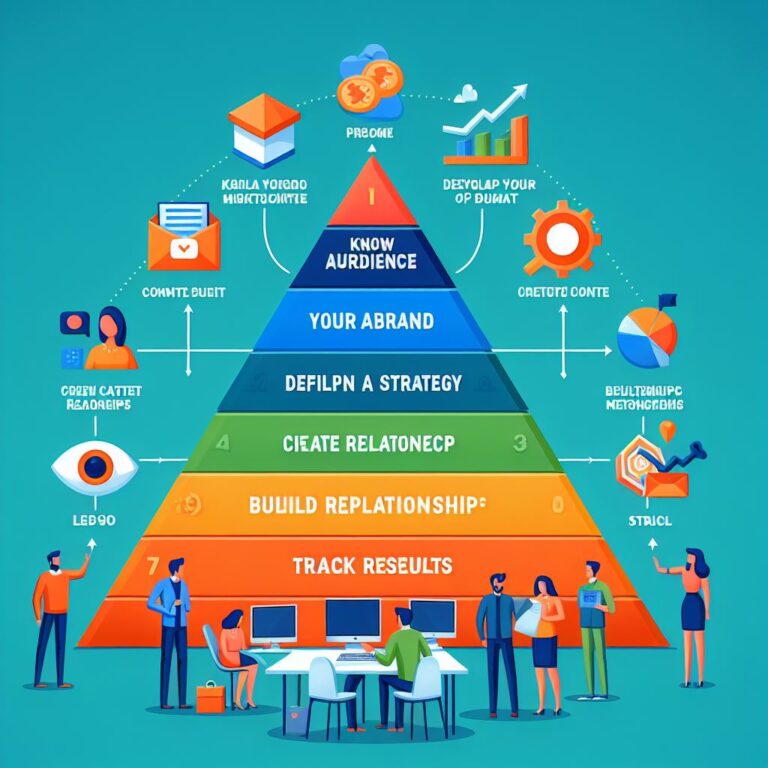The Effortless Experience – Book Review
By Matthew Dixon
Delight as a Defense Strategy?
The common belief that extraordinary customer service leads to customer loyalty is challenged by the Corporate Executive Board’s (CEB) research. Contrary to expectations, merely meeting customer service expectations is as effective as exceeding them. Companies tend to underestimate the impact of meeting expectations and overestimate the returns from exceeding them. The key, according to the CEB, is to figure out customer expectations, meet them efficiently, and invest resources elsewhere.
Satisfaction Doesn’t Guarantee Loyalty
Surprisingly, the CEB’s global survey reveals no correlation between customer ratings of service satisfaction and future loyalty. Dissatisfied customers don’t always leave, and satisfied customers might still switch to a competitor. Customer service interactions are found to be four times more likely to drive disloyalty than loyalty. The focus, therefore, should shift from delighting customers to mitigating disloyalty.
Driving Disloyalty: Effort Matters
The CEB identifies five drivers of disloyalty, with four related to the additional effort customers must invest. The biggest problem is having to contact the company multiple times, followed by generic service, repeating information, and perceived additional effort to resolve. Efforts should concentrate on reducing customer disloyalty.
Mitigating Disloyalty: Reducing Customer Effort
Effortless service is the goal, and the CEB outlines principles to achieve it. First, create “sticky” self-service channels by simplifying language, eliminating null search results, chunking information, avoiding jargon, and using active voice. Second, practice next-issue avoidance, resolving customers’ immediate adjacent issues during the same call. Third, equip reps to succeed emotionally by positioning alternatives with customer benefits and tailoring interactions based on customer personality. Fourth, use incentives to prioritize the quality of experience over speed and efficiency.
Conclusion: The Effortless Experience
The traditional model of extraordinary customer service as a loyalty driver is challenged by the CEB’s findings. Instead, the focus should be on minimizing customer effort and creating an effortless experience. By understanding and meeting customer expectations efficiently, resolving issues comprehensively, and emotionally engaging with customers, companies can mitigate disloyalty and foster customer satisfaction more effectively.







